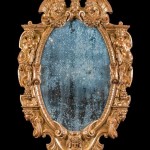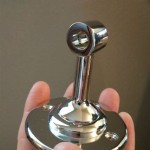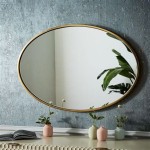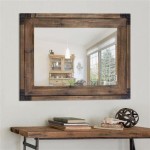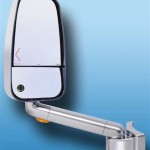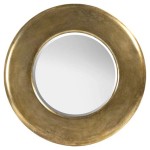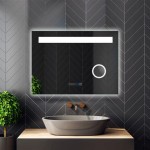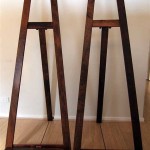How To Place Mirrors To Make a Room Look Bigger
Mirrors are a versatile design element that can elevate the aesthetics of a room and create the illusion of more space. Strategic placement of mirrors can transform a cramped space into one that feels airy and expansive. This article will explore the art of using mirrors to enhance the perception of space, highlighting key principles and practical tips.
1. Reflecting Natural Light: Amplifying Brightness and Depth
Natural light is a powerful tool for creating a sense of spaciousness. Mirrors act as light reflectors, amplifying the existing light source and illuminating the room more effectively. By placing a mirror opposite a window, you can double the natural light entering the space, making the room feel larger and brighter. This effect is particularly impactful in rooms with limited natural light, where mirrors can bounce sunlight into darker corners, brightening the overall ambiance.
Consider using a large mirror strategically positioned to reflect the view outside the window. This creates a seamless connection between the interior and exterior, blurring the boundaries of the room and making it appear more expansive. The reflection of the outdoor scenery also adds depth and visual interest to the space.
2. Creating Visual Expansion: Stretching the Boundaries
Mirrors can be used to create the illusion of extended space by reflecting existing features of the room. Placing a mirror on a wall opposite a doorway can visually expand the hallway, making it appear longer and more welcoming. Similarly, a mirror placed opposite a focal point, such as a fireplace or a bookcase, can extend the visual space, drawing the eye further into the room.
It's important to note that while large mirrors can create a dramatic effect, even smaller mirrors can be strategically placed to amplify the perceived size of a room. A series of smaller mirrors arranged along a wall can reflect light and create a sense of movement, adding depth and dimension to the space. This technique works particularly well in narrow hallways or small bedrooms, where a collection of mirrors can add visual interest and make the space feel less confined.
3. Enlarging Small Spaces: Maximizing Visual Impact
When dealing with a small space, it's essential to approach mirror placement with intentionality. Large mirrors placed on a wall can create the illusion of a larger room, especially when positioned strategically. For example, placing a large mirror opposite a window can double the space and make the room feel more airy.
In a small bedroom, placing a large mirror on the opposite wall from the bed can create the illusion of an extended space. This is particularly effective if the mirror reflects a window or other light source, further amplifying the sense of spaciousness. For smaller rooms, consider using a series of smaller mirrors to create a more dynamic and visually appealing effect.
4. Enhancing Focal Points: Highlighting Key Features
Mirrors can be more than just tools for creating illusions of space; they can also enhance existing features within a room. Placing a mirror behind a piece of art or sculpture can accentuate its beauty, drawing attention to the focal point. This technique works especially well with artwork that has intricate details or a strong sense of depth, as the reflections can add layers and visual interest.
Mirrors can also be used to create a sense of symmetry in a space. Placing a pair of mirrors on opposite walls can balance out the room and create a sense of harmony. This approach is particularly effective in rooms with a dominant feature, such as a fireplace or a large window, where a pair of mirrors can balance the visual weight of the feature and create a more balanced aesthetic.
5. Incorporating Functional Mirrors: Combining Style and Utility
Beyond their decorative purposes, mirrors can also serve practical functions in a space. A freestanding mirror can serve as a dressing area, while a mirror placed above a dresser can provide additional light and reflection. Mirrors can also be used to enhance the functionality of a room. For example, a mirror placed in a bathroom can create the illusion of a more spacious area and amplify natural light.
When choosing mirrors for functionality, consider the size, frame, and style of the mirror to ensure it complements the existing decor. A mirror with a sleek, modern frame will add a touch of sophistication to a contemporary space, while a mirror with a rustic frame would be better suited to a traditional or farmhouse aesthetic.

11 Ways To Use Mirrors Make Your Space Look Bigger

How To Use Mirrors Make Your Room Look Bigger Deane Interiors

How To Use Mirrors Make A Room Look Bigger

How To Make Any Room Look Bigger Judd Builders

7 Ways Mirrors Can Make Any Room Look Bigger Sonoma

Modern Use Of Mirrors To Visually Enlarge Small Spaces Binswanger Glass

10 Ways To Make A Room Look Bigger With Mirrors Bark And Chase

Here S How You Can Use Mirrors To Make Your Space Look Bigger

11 Ways To Use Mirrors Make Your Space Look Bigger

Small Room Use These 3 Tricks To Make A Look Bigger Glass West

